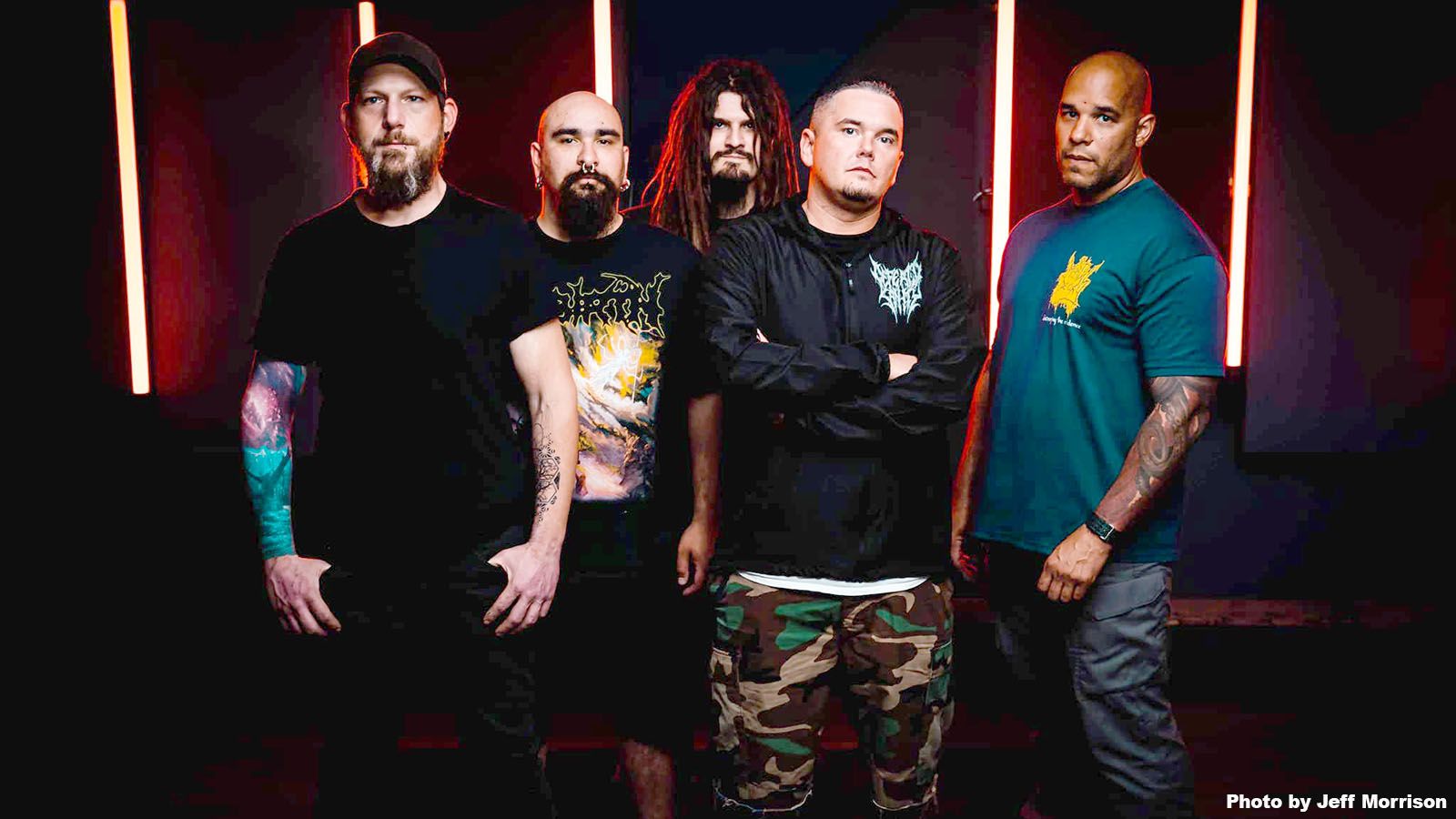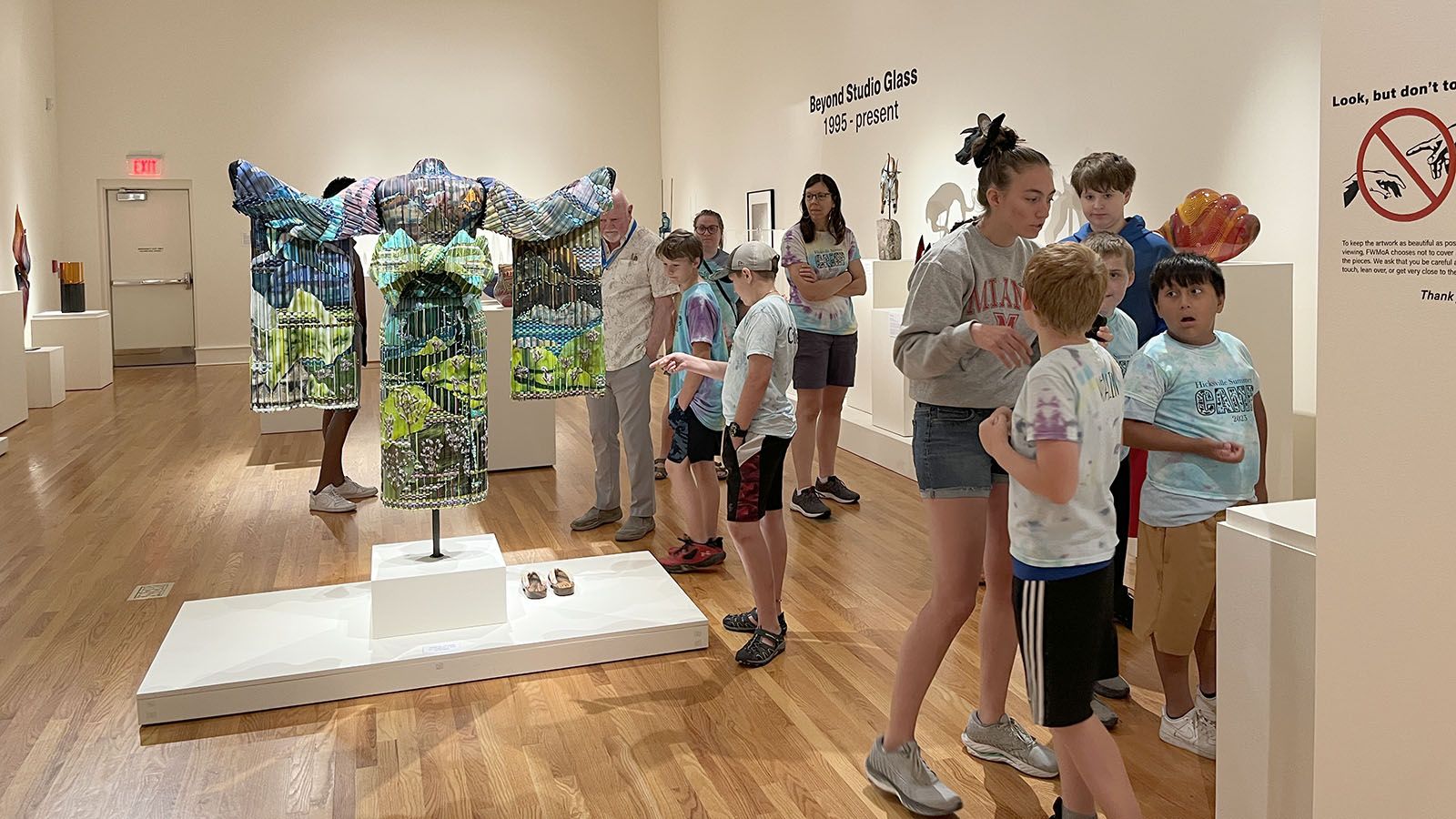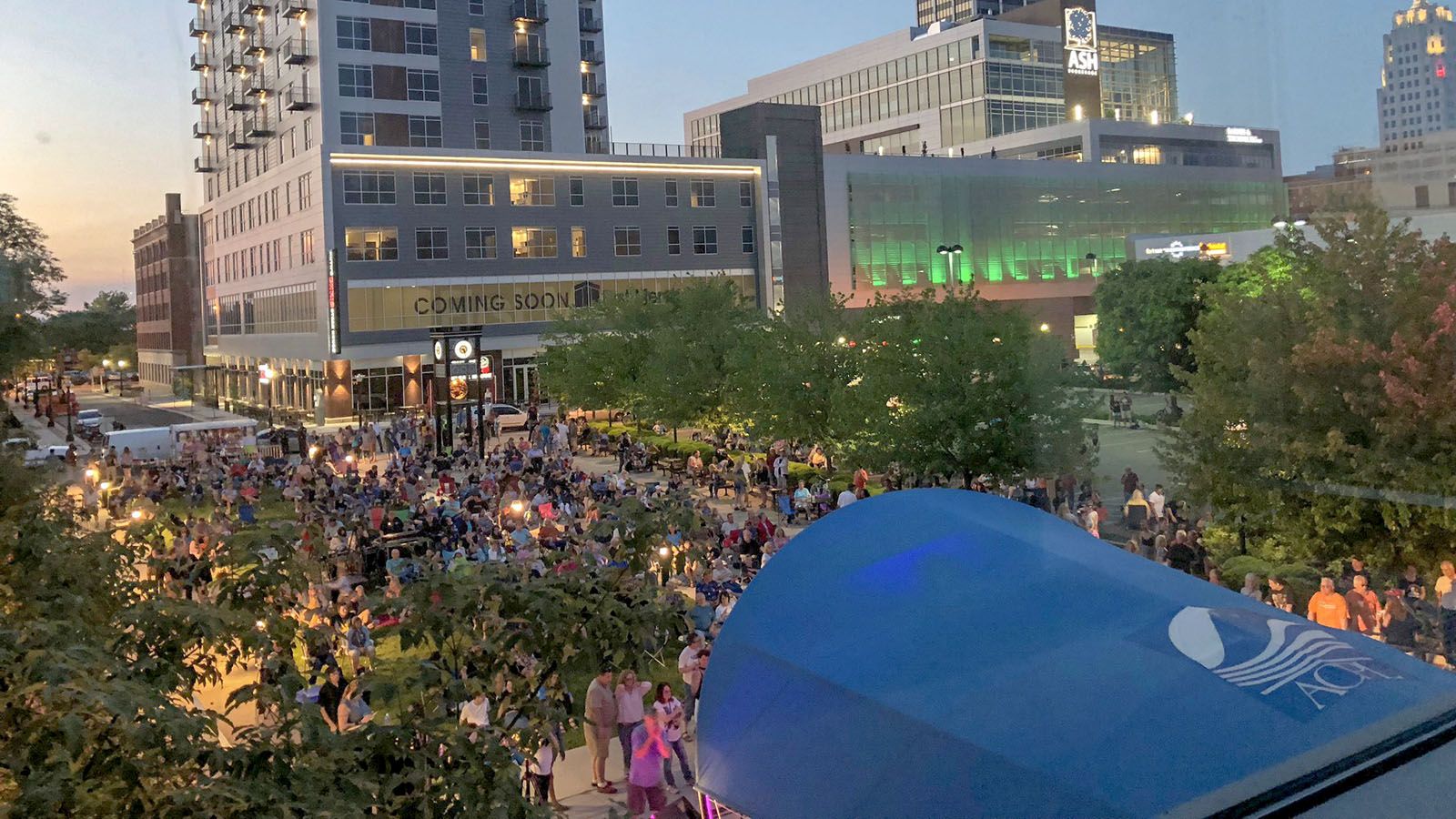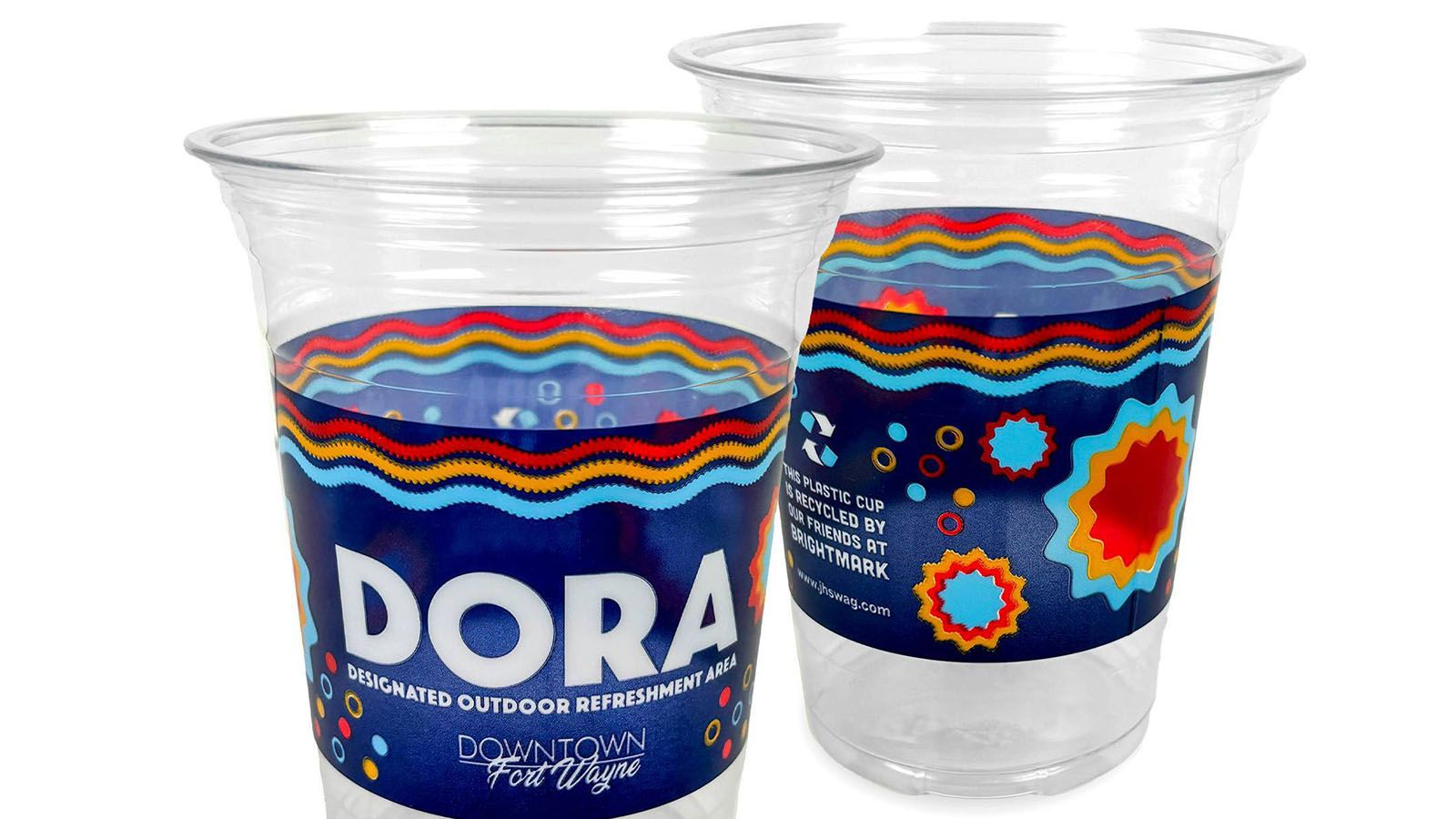Kenny Wayne Shepherd has always sought to give fans something unexpected each time he releases an album.
“I don’t want to be a predictable artist like in the sense that you hear, ‘Kenny Wayne Shepherd is coming out with a new record,’ and you feel like you already know what it’s going to sound like before you even hear it,” he said in a phone interview. “That’s not the kind of artist I want to be. I’m always striving to do something different and always striving to get better.”
Kenny Wayne Shepherd
w/Artur Menezes
7 p.m. Saturday, May 18
Sweetwater Performance Pavilion
5501 U.S. Hwy 30 W., Fort Wayne
$25-$95 · (260) 432-8176
The last we saw of Shepherd, he was playing songs we all knew in celebration of the 25th anniversary of Trouble Is …
This time around, he’ll be at Sweetwater Performance Pavilion with Artur Menezes on Saturday, May 18, in support of Dirt on My Diamonds, Vol. 1, which was released in November.
Doing something different
While the 46-year-old has generally been considered a blues-rock artist ever since he arriving on the scene at age 18 with his 1995 debut album, Ledbetter Heights, the new eight-song release finds Shepherd exploring fresh musical avenues.
Dirt on My Diamonds, Vol. 1 opens on a punchy note with the title track, a blues-infused rocker that uses an affection for things that have a lived-in and lived-through character as metaphors for the way life encompasses times of beauty, love, loss, challenge, and redemption. It’s a song that feels like signature Shepherd.
However, “Best of Times” has a decidedly gritty and funky feel, and its sharp horn parts introduce a soul element that’s also prominently featured in the slinky ballad “You Can’t Love Me,” the greasy shuffle of “Man on a Mission,” and the hard-hitting “Bad Intentions.”
“I feel like there’s soul in everything that we do. But you hear a lot of different influences on this record,” Shepherd said.
“As time has gone on, I have taken the liberty to pull from a lot of different musical genres over the years. But it always starts with blues. Everything we do, like the core of it is the blues foundation that I’ve always built my music off of. But this one just pulls from a few (more) different directions than maybe some of the older stuff.”
The way Shepherd approached writing the album also fits with his desire to continue exploring musical facets with his album projects.
Rather than scheduling writing sessions with his collaborators, Shepherd took the opportunity to set up shop with co-writers at the legendary Fame Studios in Muscle Shoals, Alabama, where career-defining albums by The Rolling Stones, Aretha Franklin, and The Allman Brothers Band, to name a few, were made.
“We all drove down there. We made it a trip,” the Louisiana native said. “We just decided we wanted to do something different, something outside the norm. It’s just trying to change things up a bit. We went down there and we were in there for about four or five days, I think. We just started writing away, man. We just wanted to soak up that vibe that they have down there. So much legendary music was made there.”
Shepherd then took the bones of the newly written songs to Band House Studios in Los Angeles and Galt Line Music in Nashville, Tennessee. He and his go-to co-producer Marshall Altman and musicians — including core members of Shepherd’s touring band Noah Hunt (who splits vocals with Shepherd), bassist Kevin McCormick, and drummer Chris Layton — brought the songs to life playing together in the studio.
“That’s how we always do it, real musicians playing together in a room at the same time. That’s the way I’ve made records,” Shepherd said. “The creative process happens in the studio. We don’t walk in the studio with all of the parts predetermined. I do very basic acoustic demos of these songs when we write them. And then I allow for the creative process to happen when we’re in the studio. That’s the whole point.”
Plenty of songs to choose from
Shepherd and his seven-piece band, which includes a horn section, will spend much of 2024 on tour, playing songs from the new album as well as from his nine other studio albums.
“The goal, obviously, is to feature some songs from the new record,” Shepherd said. “There are (also) some standout songs that I believe the fans look forward to hearing every time they come to see us.
“Obviously, ‘Blue on Black’ is a song we play every time (as well as) staple songs I think people hope will be in the set every time they come. So we’re trying to include as many of those as possible. But we’ll also bring some material into the show that we haven’t played at least in the past couple of years, some things I think people will be excited to see back in the setlists.
“So, we’re going to be covering songs that go all the way back to the first album and a little bit of everything in between.”
On the horizon
In the months and years to come, fans can expect to see Shepherd add several more albums to his catalog. First up will be the companion Dirt on My Diamonds, Vol. 2, which could be released as early as this fall.
The guitarist said the second volume will complement the music from Vol. 1.
“It’s different, but there is a common thread,” he said. “It was all kind of done around the same time, but it’s different.”
There’s also a newly recorded version of Ledbetter Heights in the works for that album’s 30-year anniversary in 2025. It follows in a somewhat similar vein to the re-recorded version of Trouble Is…, which was released in December 2022 to mark the 25th anniversary of that career-making album.
“We took a little more liberty with the recording of this one,” Shepherd said of the in-progress new version of Ledbetter Heights. “We want people to recognize the record. We don’t want to alienate the (fans of) the original album. But Noah is going to be singing, and I might sing a couple of the songs on it as well. But the original singer on ‘Ledbetter Heights’ was Corey Sterling. He hasn’t been with my band since we did that record. So the nature of the new version is going to be different from the get-go because it’s going to have different voices on it. So knowing we can’t do an exact replica of the original, it kind of opens up more opportunities for us to experiment a little more with it.”
 Submit Your Event
Submit Your Event




